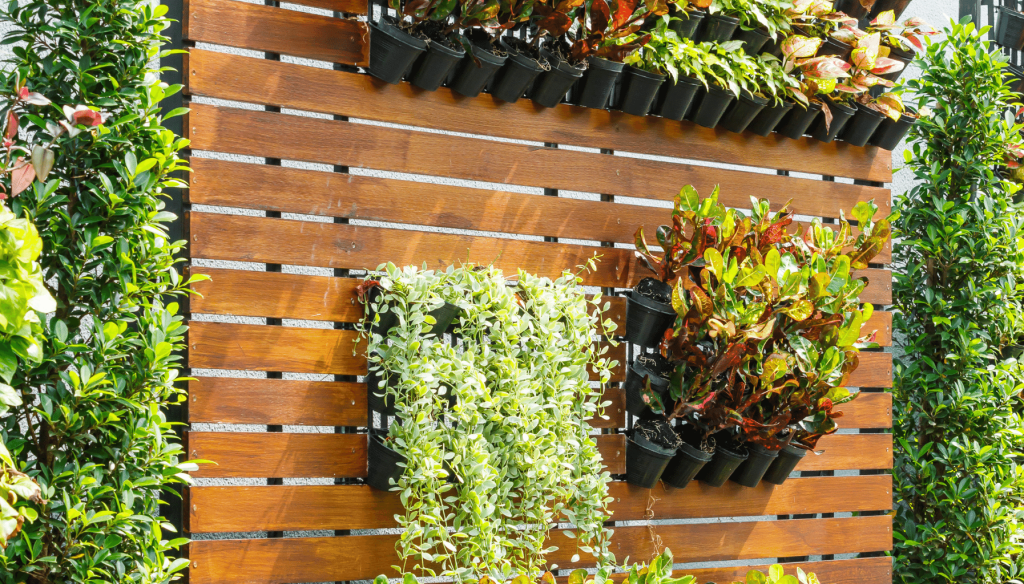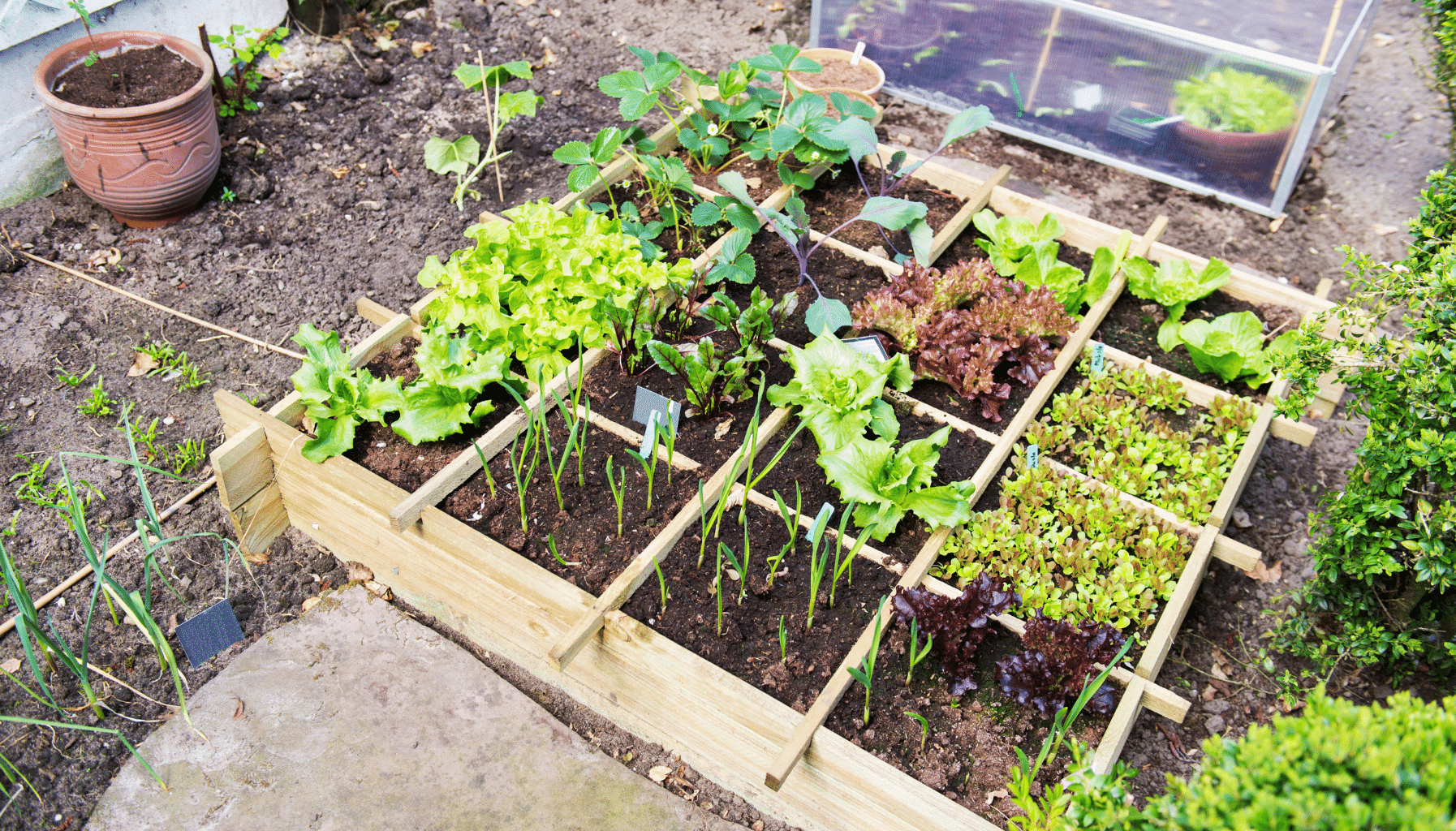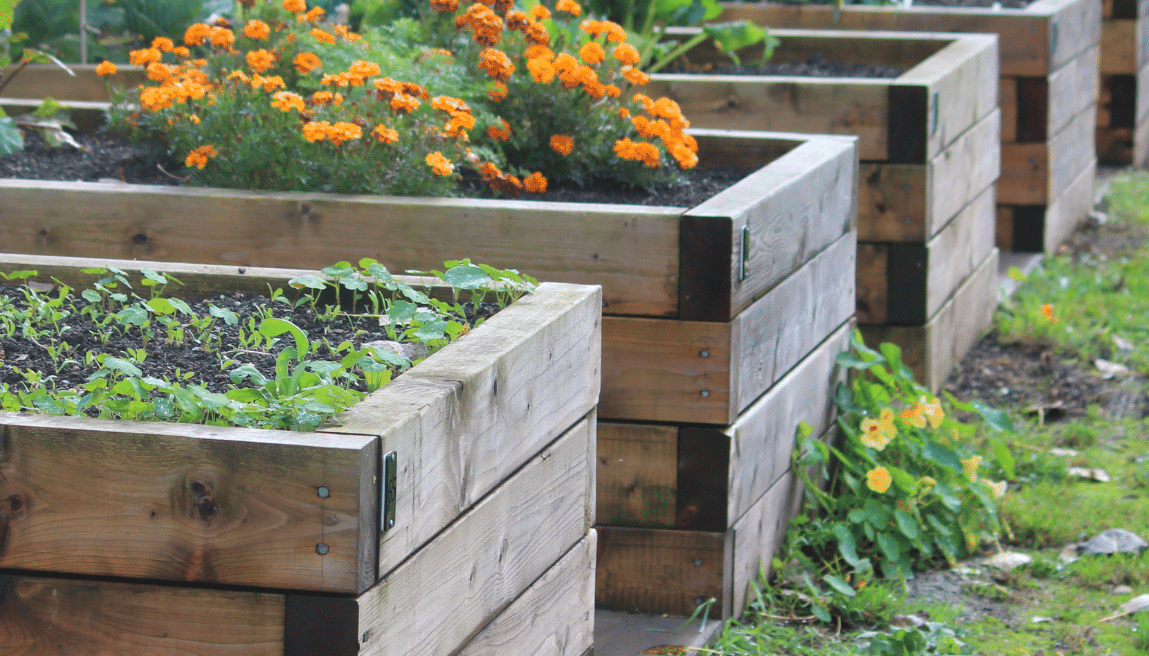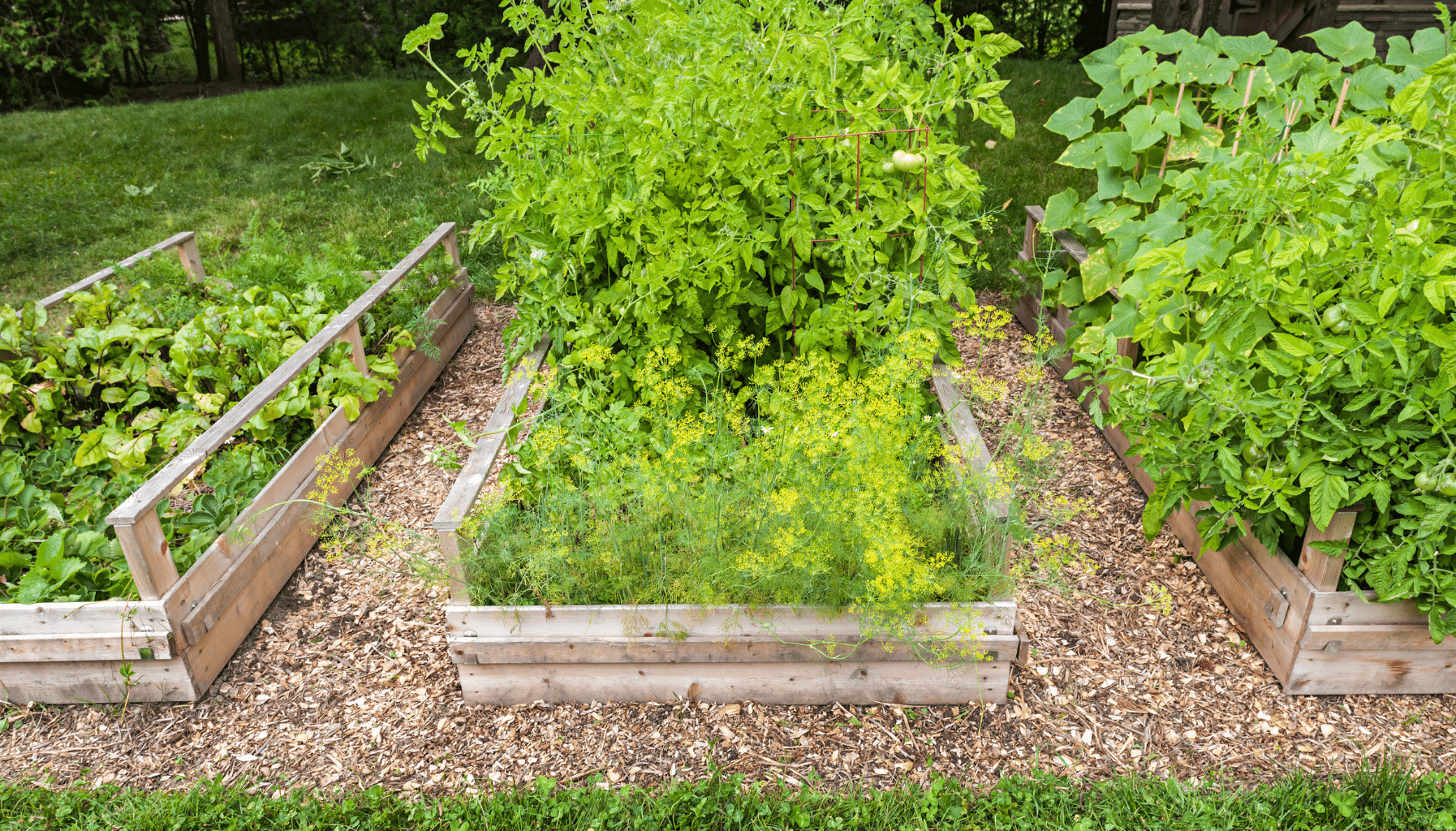
Elevated gardening structures can prove to be a game-changer in urban environments facing spatial constraints. These structures offer a practical solution for nurturing plants and vegetables while maximizing the available space.
Not only do they enhance soil drainage and prevent compaction, but they also cater to a wide range of advantages for smaller areas.
Raised garden beds are a versatile and beneficial option that can extend the growing season, curb weed proliferation, and provide a designated zone for diverse plant varieties.
Their customizable nature allows for a tailored fit to any setting and personal taste, making them a versatile choice for gardening enthusiasts.
Benefits Of Using Raised Beds In Small Gardens
Gardening in limited spaces can present unique challenges, but some solutions can make the process easier and more efficient. Raised beds provide a wealth of advantages for small garden areas.
One benefit of using raised beds is the improved soil drainage and aeration, which creates an ideal environment for plant growth.
The warmth retained in the soil of raised beds allows for earlier planting and a longer growing season.
Another perk of using raised beds is reduced weed growth, making maintenance less of a hassle for the gardener. The elevated height of raised beds also increases accessibility, especially for those with mobility limitations.
Raised beds are valuable assets to any vegetable garden. They provide better pest control and the ability to regulate soil quality. Consider incorporating raised beds into your gardening efforts to maximize your harvest and simplify your gardening experience.

How Raised Garden Beds Improve Soil Quality
Soil quality improvement is just one of the many advantages raised garden beds offer gardeners. Raised garden beds also bring numerous benefits to soil health.
One notable advantage is the increased aeration and drainage provided by these beds.
This feature improves soil oxygenation and ensures effective removal of excess water, preventing problems like waterlogging.
Another benefit is the prevention of soil compaction, as the soil within raised beds remains loose and friable because it is not walked on. Raised beds also enable better control over soil quality, as gardeners can easily incorporate amendments to customize the soil to meet their specific requirements.
The raised nature of these beds supports root development by providing a deeper and more stable environment for plants to flourish in. Using raised garden beds can significantly enhance soil quality and promote healthy plant growth.
Benefits of Raised Garden Beds
- Increased aeration and drainage improve soil oxygenation and prevent waterlogging.
- Prevention of soil compaction due to loose and friable soil in raised beds
- Control over soil quality by quickly incorporating amendments
- Supports root development by providing a deeper and more stable environment for plants
Growing Your Favorite Vegetables In Raised Beds
If you’re interested in cultivating a bountiful vegetable garden in raised beds, ensuring your soil’s proper preparation and composition is paramount. Achieving success in this endeavor hinges on creating a nutrient-rich environment that fosters robust plant growth and strong root systems.
Incorporating organic matter, like compost or mulch, into your soil is key in enriching it with essential nutrients.
Tilling the soil and mixing in native soil can greatly improve drainage and aeration, providing optimal conditions for your vegetables to flourish.
By focusing on these crucial elements, you can establish a beautiful raised bed garden that enhances the aesthetic appeal of your outdoor space and yields an abundance of fresh, homegrown produce.
Maximizing Garden Space With Raised Bed Designs
When designing your garden layout, it’s important to consider various raised bed options to optimize the space available. Raised beds offer a range of benefits that cater to different needs, such as improved productivity and organization.
Factors like the bed’s material, the quality of the soil, and its temperature all play crucial roles in the success of your garden.
Unique designs, like those using concrete blocks, can efficiently utilize space and withstand heavy rainfall.
These raised bed structures are practical and enhance the overall gardening experience. By incorporating these strategies, you can make the most out of your garden space and achieve greater success in your gardening endeavors.
Benefits of Raised Beds in Garden Layout Design
- Raised beds improve soil drainage and prevent waterlogging, leading to healthier plants.
- Using raised beds can reduce the risk of weed growth, making maintenance easier and more efficient.
- They provide better soil quality and composition control, allowing for customized planting conditions.
- Raised beds can extend the growing season by warming up faster in the spring and retaining heat longer in the fall.
Essential Tips For Building And Maintaining Raised Beds
When creating and tending to raised garden beds, adhering to crucial guidelines for success is essential. The importance of selecting an ideal location cannot be overstated – consider factors such as sunlight exposure and the necessity for proper drainage.
Opt for materials that are resistant to rot or explore options like composite materials for longevity.
Prioritize establishing a solid base by leveling the ground before constructing the bed area.
Fill your beds with high-quality garden soil and compost, a blend of topsoil, compost, and organic matter, for optimal plant growth. Remember to space out your plants appropriately to encourage healthy development.
Routine upkeep, including watering, applying organic mulch, and monitoring for pests, is crucial for nurturing a flourishing garden. Raised beds offer an advantageous growing environment and are relatively low-maintenance.
Combating Pest Issues In Raised Bed Gardens
Pest issues frequently arise in raised bed gardens, posing a challenge for gardeners who strive to maintain healthy and flourishing plants. Understanding the significance of effective pest management is essential for nurturing a successful garden.
By recognizing the common pests that can impact raised bed gardens, you can proactively implement measures to deter infestations.
Natural methods, like companion planting and utilizing organic pesticides, offer sustainable solutions for pest control.
Integrated strategies encompass a variety of approaches to mitigate damage caused by pests. Upholding a pest-resistant raised bed garden entails regular monitoring, appropriate watering practices, and ensuring the area remains free of grass and weeds.
Remember, prevention serves as a cornerstone for reaping the numerous benefits associated with raised bed gardening.
| Common Pests | Pest Management Solutions |
|---|---|
| Aphids | Companion planting with marigolds to deter aphids |
|
Caterpillars | Using organic pesticides like neem oil to control caterpillar infestations |
|
Snails and Slugs | Implementing physical barriers like copper tape to prevent snails and slugs |
|
Weeds | Regular monitoring and weeding to keep the garden free of grass and weeds |
Enhancing Drainage And Nutrient Retention In Raised Beds
Raised bed gardens offer a unique solution for gardening enthusiasts looking to maximize limited space. The soil structure in raised beds makes it easier to reach the center, allowing for better accessibility and maintenance.
Incorporating a blend of soil and compost can significantly improve water flow in these compact garden spaces, enhancing drainage and nutrient retention.
Implementing no-till gardening techniques by layering organic material helps maintain optimal conditions for plant health.
Understanding these essential factors is crucial for creating a thriving garden in a raised bed.
Creating A Beautiful And Functional Raised Bed Garden Design
Transform your outdoor space with a raised bed garden layout that combines functionality and aesthetic appeal. Consider the dimensions and arrangement of your outdoor area before choosing the appropriate materials for your elevated plant beds.
Strategize the placement of your crops for an eye-catching display and incorporate companion planting to promote a thriving garden.
Many gardeners choose wooden raised beds, as they make using gardening tools and tending to heavy clay soil easier and deter weed growth.
The addition of raised beds to your garden can provide an abundant harvest of vegetables, enhancing the entire garden to feed your family effortlessly. Ensure convenient access and simple maintenance to enjoy a stunning and well-organized garden design.
Benefits of Raised Bed Gardens
- Wooden raised beds make gardening tools more accessible
- Companion planting promotes a healthy garden ecosystem
- Raised beds deter weed growth
- Convenient access and simple maintenance enhance garden enjoyment
7 Enchanting Raised Garden Bed Ideas For Small Spaces
Raised Bed Garden Innovative Layouts For Sustainable Gardening



